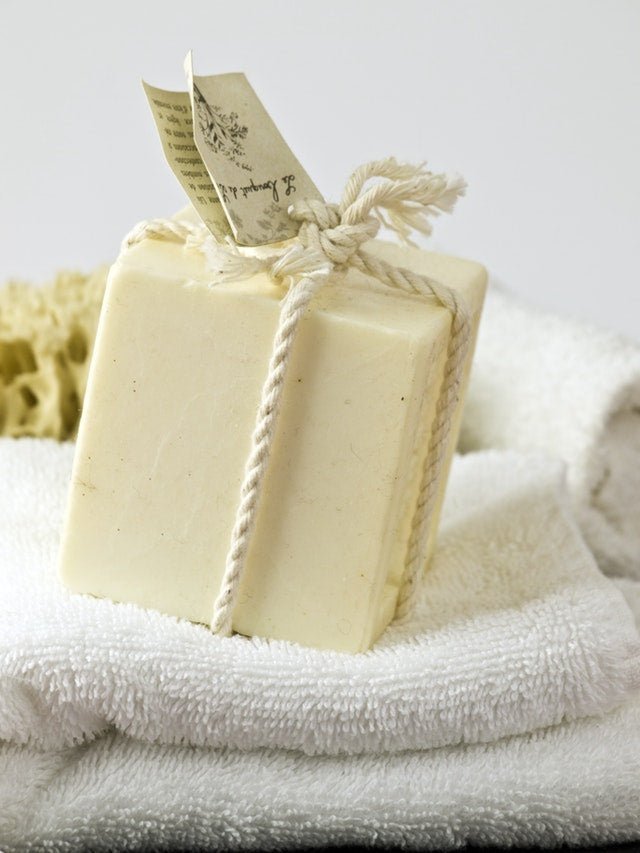
The History of Soap Continued
Please read our post "History Of Soap" before continuing on this article.
Although no one actually knows the exact date that soap was made historians and researchers roughly know where it originated from. In classical times, sweet smelling oils were used for bathing and lathering while in roman times, the Romans would use a clay called “sapo”; sounds close to soap right? In fact these Romans were the first to start making “soap” out of the clay and animal fat and ash. They did this after noticing the robes the women were washing in the river turned out to be much cleaner after rains would wash these offerings from the alters, so technically speaking, it started out with all natural ingredients.

Personal hygiene wasn’t exactly an important idea in the early centuries but these new mixtures of fat and clay were also used as a hair gel/ tint. In the 13th century in Britain, soap was mainly made for washing of cloth and wool since people still used “essential oils” to wash the dirt off their skin. The royal and rich in Spain and France would have soap made from homemade olive oil and dye, making it a very expensive product. Hygiene was still questioned to be necessary or not considering even Elizabeth I would take a bath every four weeks and it would leave people feeling more greasy than before.

Now to make the soap, l oils or fats are boiled with alkali which produced glycerin. The amount of reactants in the solution affected the quality of the soap. Most slabs of soap and lye in the earlier ages were just a concoction of ash, fat, rain water and vegetable oils along with any materials found to be able to wash off the oil from skin.The lye was “strong enough” to make soap when an egg or small potato placed in the solution floated about halfway beneath the surface of the solution. From this, it was determined if the soap could be made and by then, bars of soap were made faster with the Industrial Revolution.

In the 16th century, three types of soap were made: coarse soap made from whale blubber, soap from olive oil and speckled soap from tallow. The mixture was dried out and cut into blocks for wholesale and trade. Soap makers would cut the bars into individual pieces at the point of sale and wrap the blocks in paper, which is where the term “bar of soap” came from. From this a new market developed and blocks of soap were considered luxury, meaning they were also taxed when made by large businesses, and that is all about how that bar of soap next to your sink got to be there.



